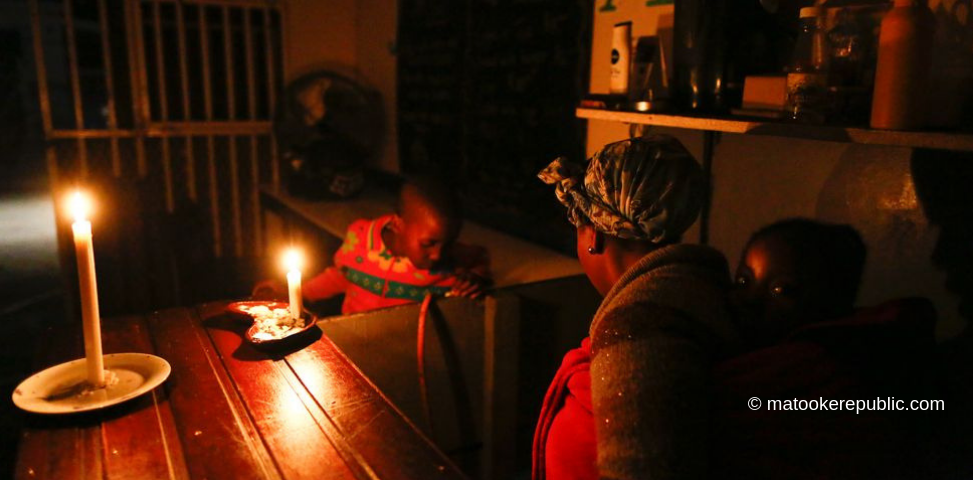- September 7, 2018
- Posted by: Havenhill Synergy
- Category: Blog

What is Energy Poverty?
Did you know that 3 billion people live in energy poverty worldwide, including 1.1 billion people without any access to electricity?
Most times, we assume energy poverty to be the ‘general poverty’ where a person lacks financial resources to achieve a minimum standard of living.
Energy poverty can be defined as a lack of access to modern energy services such as household access to electricity and clean cooking facilities. Being energy poor can mean that you are spending above average time, money and effort to secure energy supply for basic needs. When an individual or household spends about 30% – 40% of their disposable income on energy expenditure, they are termed to be energy poor.
“Energy-poor households experience inadequate levels of these essential energy services, due to a combination of high energy expenditure, low household incomes, inefficient buildings and appliances, and specific household energy needs.” – EU Energy Poverty Observatory
Benefits of alleviating energy poverty
Energy poverty affects individual lives and economies. The following are benefits of alleviating energy poverty:
- Improved access to modern energy services translates to improved economic activities and standard of living.
- It would improve information dissemination and encourage adoption of emerging and growing technologies
- There will be a reduction in health risks as well as health pollution. According to the World Health Organisation (WHO, 2014), 4.3 million people, most of them women and children, die each year as a result of indoor air pollution.
Did you miss out on – #LearnWithHHS on Twitter where we discuss questions popularly asked and proffer solutions to problems in the renewable energy (solar) industry? Click HERE to catch up!
